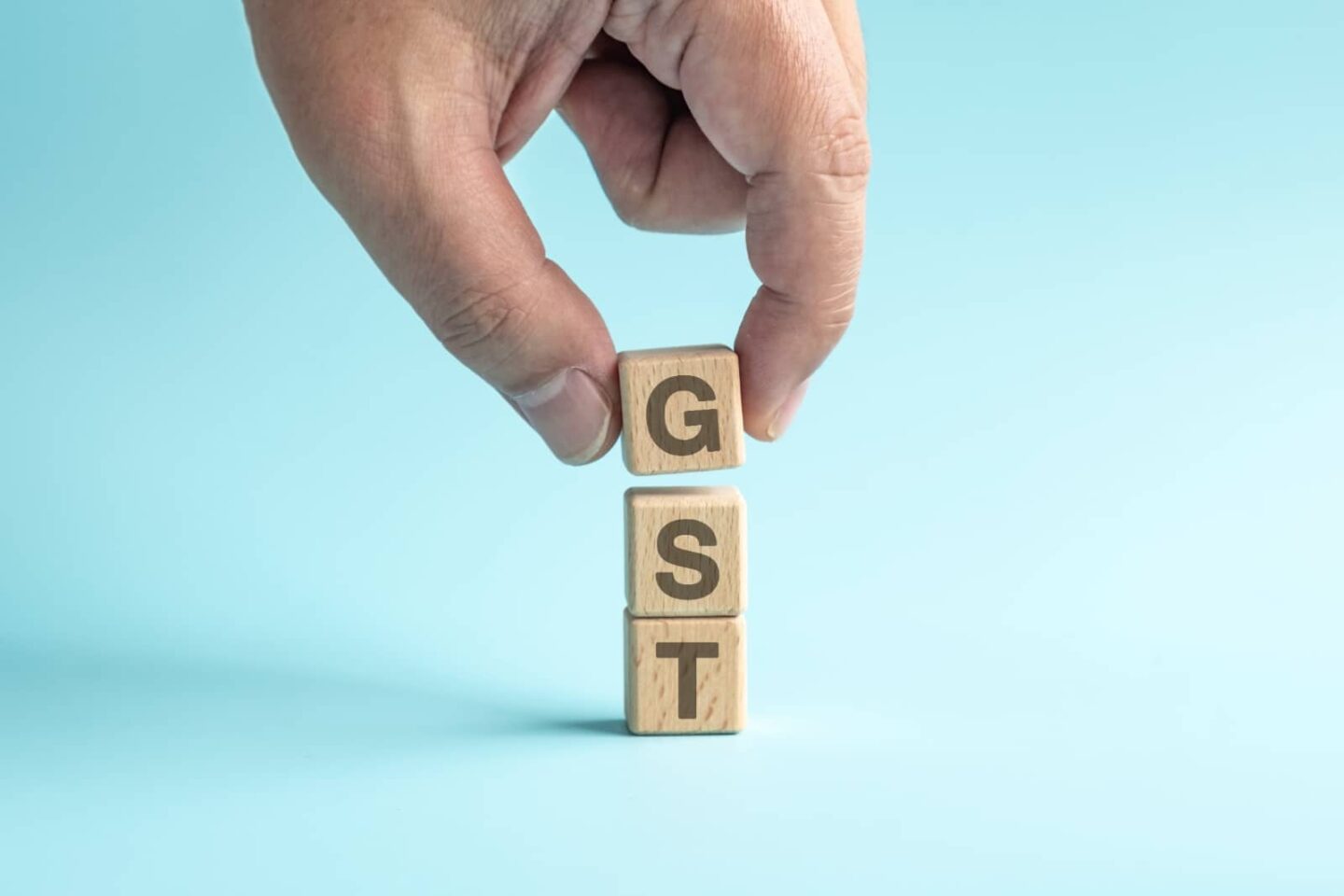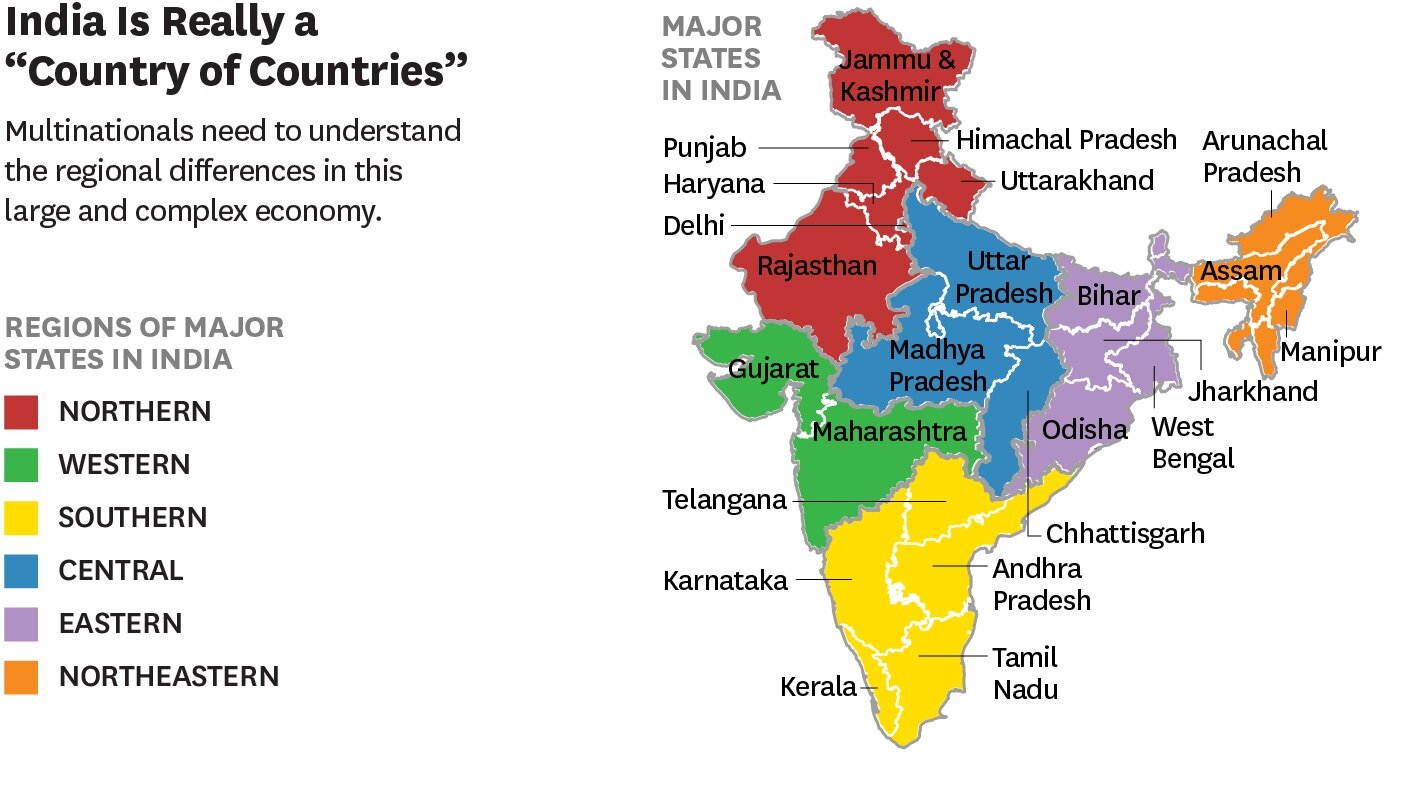Setting up a subsidiary in a Special Economic Zone (SEZ) in India or not?
You have decided to open a subsidiary in India, but where will you locate in this vast country? Besides selecting a state and city, you also need to investigate whether a Special Economic Zone (SEZ) in India is an attractive location for your business.
[toc]

What is a Special Economic Zone (SEZ)?
A Special Economic Zone (SEZ) is a geographically defined area within a country where different economic rules apply than in the rest of the country. These zones are designed to attract foreign investment, promote exports, and stimulate economic growth. SEZs therefore function as economic enclaves with simplified procedures, tax incentives, and better infrastructure.
India introduced its SEZ policy in 2005 and has since developed one of the most comprehensive SEZ programs in the world. The country has hundreds of SEZs, ranging from small IT parks to large industrial complexes. In India, SEZs come in all shapes and sizes, such as Free Trade Zones (FTZ), Export Processing Zones (EPZ), Free Zones (FZ), Industrial Estates (IE), Free Ports, and Urban Enterprise Zones.
Specific characteristics of Indian SEZs:
- Tax benefits: Companies in SEZs often enjoy complete exemption from import duties on goods and services. Exports from SEZs are also often completely exempt from taxes. In addition, SEZ developers receive tax benefits for the first 10-15 years.
- Regulatory simplification: SEZs have a “single window clearance” system whereby all permits and approvals are handled through a single point of contact. This reduces bureaucracy and speeds up the process for companies.
- Infrastructure advantages: SEZs offer high-quality infrastructure such as reliable electricity supply, good transport links, telecommunications, and water supply—often better than in the rest of India.
- Sector specialization: Many Indian SEZs specialize in specific sectors such as IT/software, textiles, automobiles, or biotechnology.
- Labor flexibility: SEZs often have more flexible labor regulations, including permitted night shifts for women and simplified procedures for foreign workers.
Favorable tax rules: no income tax, no GST in an SEZ in India
If you establish your business in one of the more than 300 Special Economic Zones in India, you will benefit from various advantages. To start with, your company will pay no income tax at all for the first five years, and thereafter only 50% of your income.
Companies in SEZs are also exempt from paying sales tax (GST). In addition, companies based in an SEZ do not have to pay Basic Custom Duty (import duties, averaging 30% in India). Companies also do not have to pay import duties on the purchase of products and services for the development, operation, or maintenance of the company based in an SEZ.
Subsidies in a Special Economic Zone
In an SEZ, companies also benefit from various measures taken by the Indian government to stimulate trade, such as the Remission of Duties and Taxes on Export Products (RoDTEP) measure and the Service Export from India Scheme (SEIS).
Special Economic Zone, Export Oriented Area or Domestic Tariff Area?
In addition to the SEZ mentioned above, there are also other types of economic zones such as an Export Oriented Area or a Domestic Tariff Area. An Export Oriented Area is a broader classification that refers to any area that focuses on export production. This can be an SEZ, but also other forms of export-oriented zones such as Export Processing Zones (EPZs) or Industrial Parks that focus specifically on export markets.
A Domestic Tariff Area is the “normal” economic area of a country – all areas that are not subject to special economic regulations. The country’s standard tax, customs, and trade laws apply here. Most economic activity takes place in the DTA, where companies are subject to regular rates and procedures.
Below, we list the various (tax) benefits:
| Transaction | SEZ | Export Oriented Area | Domestic Tariff Area |
| Basic Customs Duty on the import of goods. | Exempt | Exempt | Non-exempt |
| GST on the import of goods. | Exempt | Exempt | Non-exempt |
| Import of services. | Exempt | Exempt (tax refund) | Non-exempt |
| Local procurement of goods | Exempt (0 rate) | Exempt (tax refund) | Non-exempt |
| Local procurement of services | Exempt (0 rate) | Exempt (tax refund) | Non-exempt |
| Income tax exemption under 10AA | 100% exempt for 1st 5 years, 50% exempt for 2nd 5 years. 50% for five years on reinvestment of profits. | NIL | NIL |
| Trade promotion subsidy (SEIS and MEIS). | Scrips value between 3 to 7% of net realized export value. | NIL | NIL |
| Other subsidies for trade promotion. | Yes | Yes | Yes |
Process of setting up a business in a SEZ in India
Setting up a business in a SEZ takes about two months. Here are the steps you need to follow:
- Select a suitable SEZ.
- Draw up a letter of intent with the developer of the SEZ.
- Register online using Form F.
- Prepare a project report and submit it on time. This report should at least include an overview of the expected inputs and outputs for the next five years.
- Online payment of one-time registration and annual maintenance fee.
- Online acceptance of letter of approval with Intimation.
- File Bond-Cum-Legal Undertaking using Form H.
- Update online master file with GSTIN and operations users IDs.
Do you have questions about starting up in an SEZ and what advantages this offers for your specific company and product? Feel free to contact us, we will be happy to advise you.










